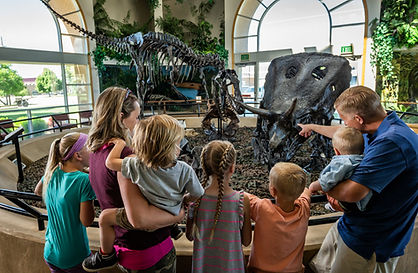About US - Akun Demo Gacor Gratis x1000 Terbaru Pragmatic Play PG Soft Zeus
Nikmati sensasi bermain Akun Demo Slot Gacor x1000 dari provider ternama Pragmatic Play dan PG Soft yang kini hadir dengan fitur terbaru di tahun 2025. Tanpa perlu deposit, pemain bisa langsung mencoba berbagai permainan dengan peluang x1000 kemenangan besar, sekaligus mengasah strategi sebelum bermain dengan uang asli. Fitur akun demo gratis ini sangat cocok bagi pemula maupun pemain berpengalaman yang ingin menguji tingkat RTP dan volatilitas tiap game sebelum terjun ke versi real.

Koleksi game terbaru dari Pragmatic Play dan PG Soft tahun ini menghadirkan grafis yang lebih tajam, animasi yang halus, dan fitur bonus scatter hitam yang membuat gameplay makin seru dan berpotensi memberikan maxwin dalam satu putaran. Dengan sistem demo, pemain bebas mencoba game-game gacor seperti Gates of Olympus, Starlight Princess, Mahjong Ways, dan lainnya tanpa risiko kehilangan dana. Manfaatkan akun demo ini untuk mencari pola kemenangan dan rasakan pengalaman bermain slot yang seru, aman, dan menguntungkan di tahun 2025!.

